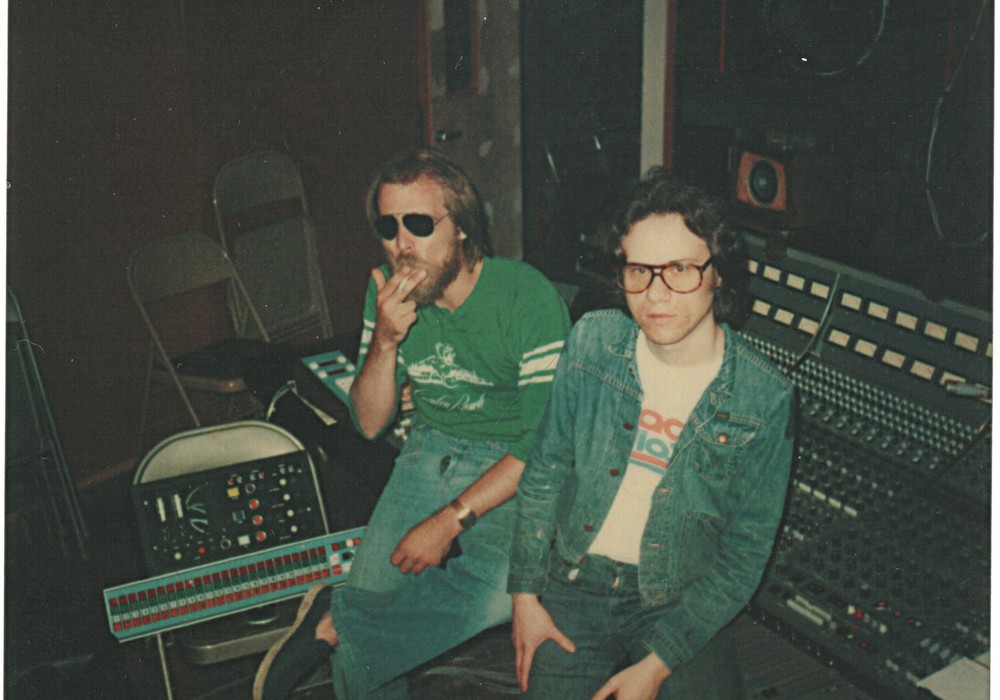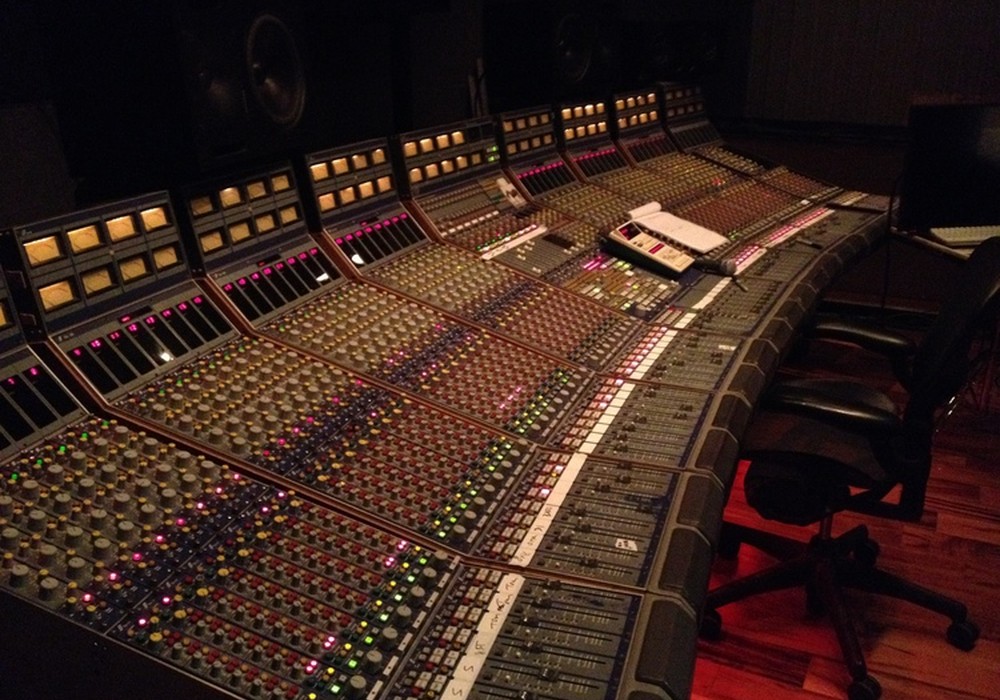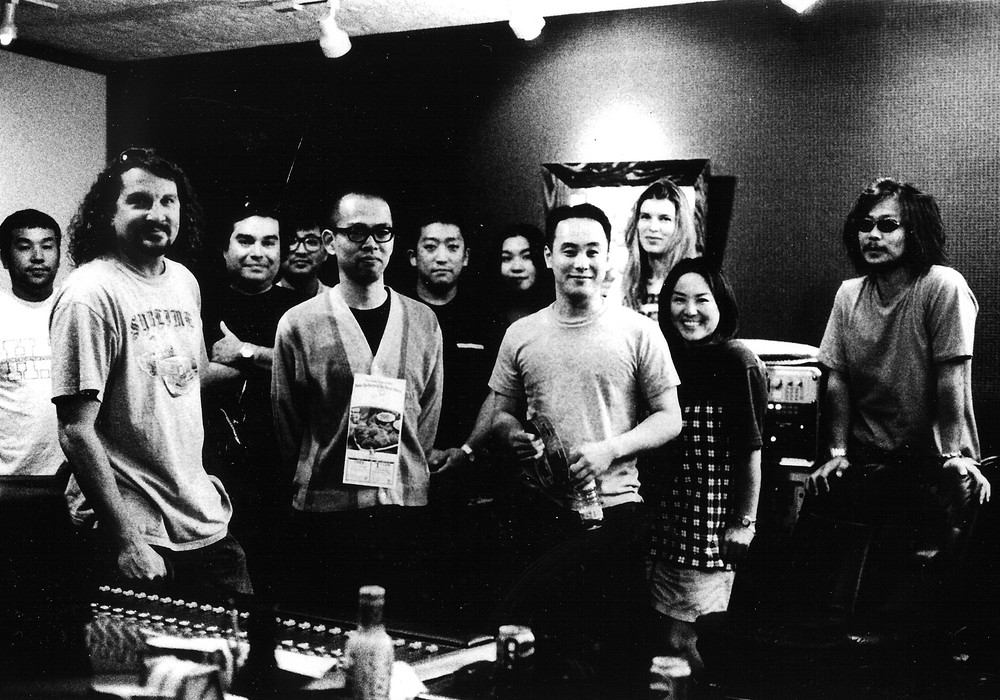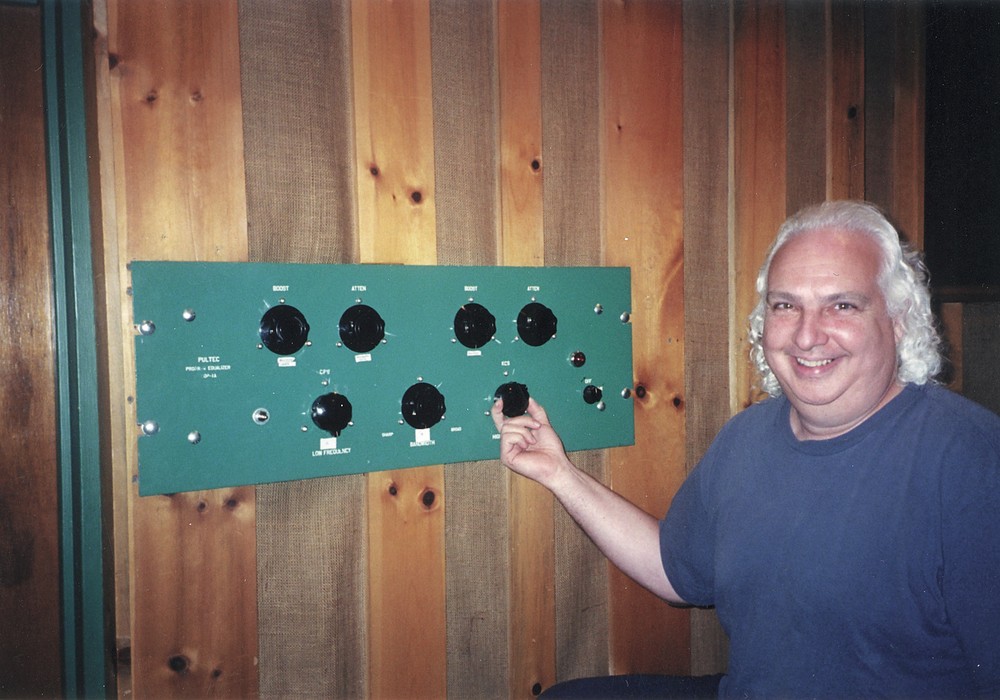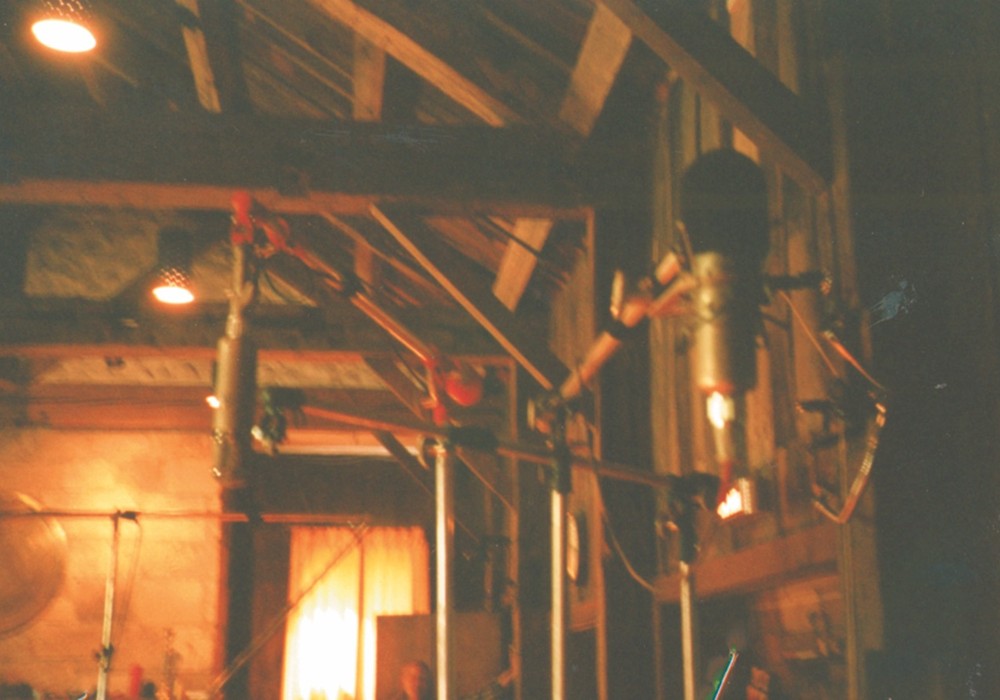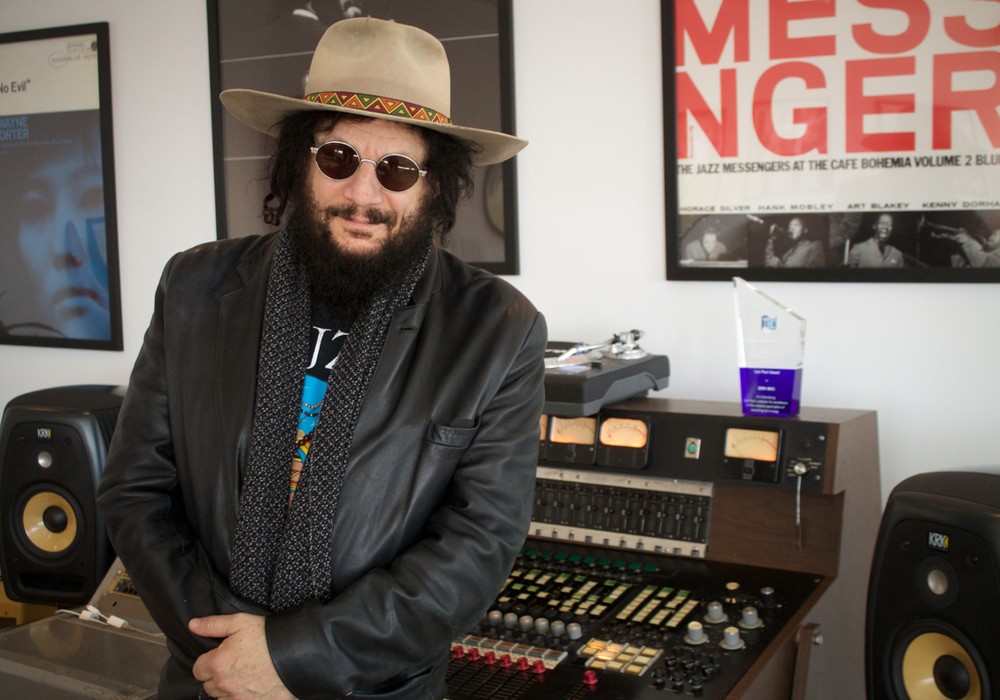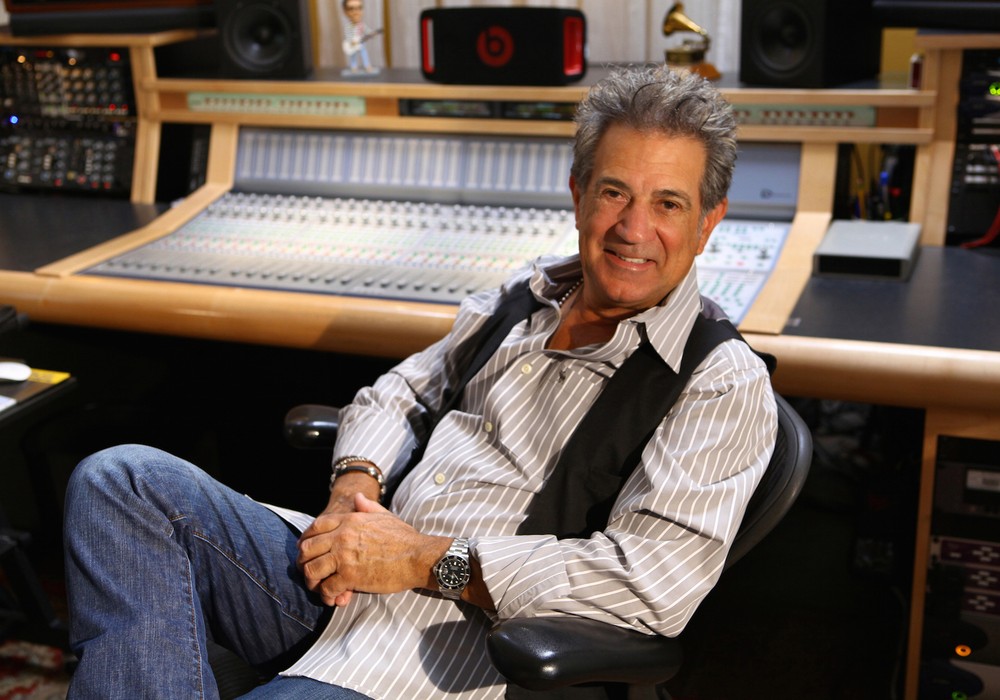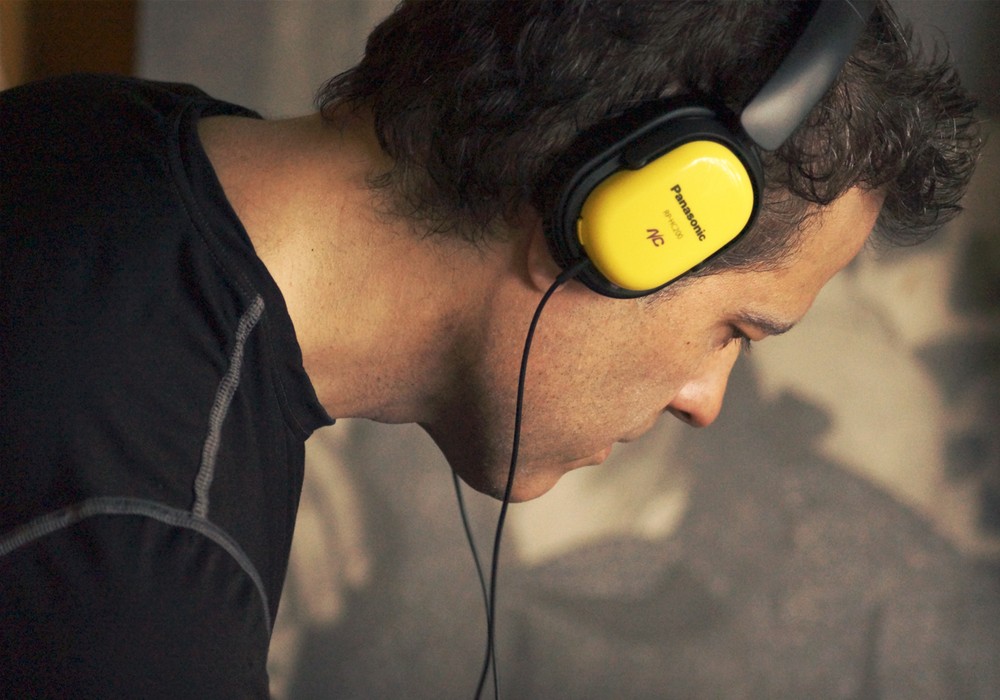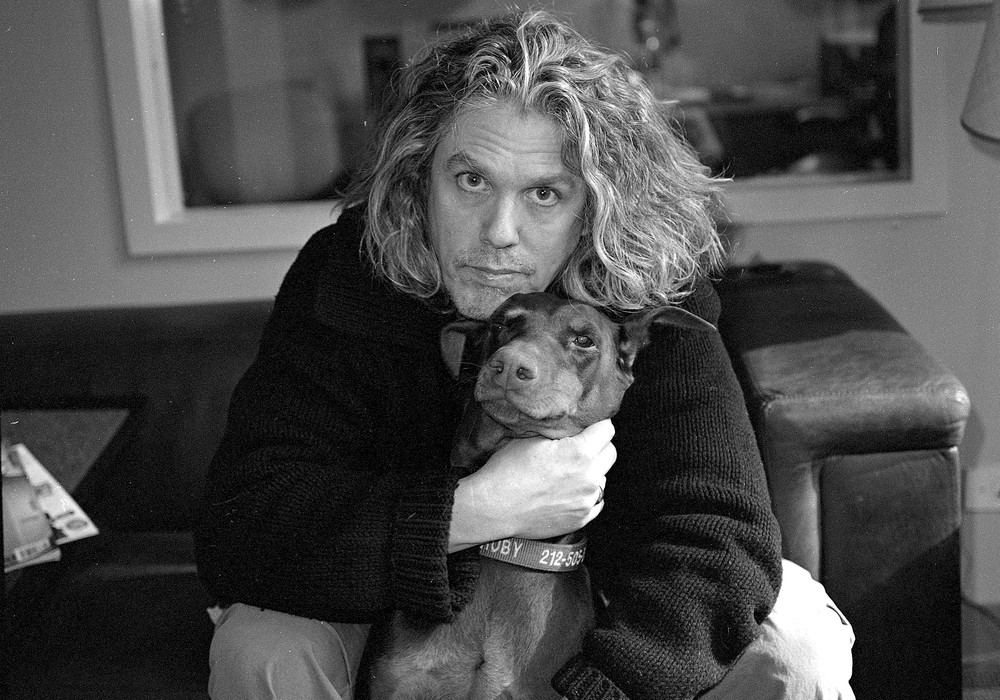I'm starting the see a trend with the subjects of Behind the Gear. In an industry where trade shows demand new models every year, sometimes every quarter, these manufacturers follow their own schedule. Metric Halo is clearly one firm that bucks the trend. Their three main products, SpectraFoo, ChannelStrip and Mobile I/O have remained audio staples while many other models have come and gone. So what goes into the planning for that kind of product? And what in the world do all of those meters in SpectraFoo matter to you and me? We caught up with founders Joe and B.J. Buchalter and put them under our microscope.
How did Metric Halo start?
Joe: B.J. and I started Metric Halo as a recording studio back in the mid-'90s. I had been touring with my band, and we were recording at some of the great studios in Woodstock, NY. At some point we decided that we were tired of paying for studio time, so we built a recording studio above a bagel bakery in Poughkeepsie, NY that our father Stu owned. After completing the studio, we wanted to verify the acoustics of the design and implementation, and determined that we would have to spend more on the test gear than we had spent on the entire studio. Confronted with this, B.J. decided that he could write some software to make the desired measurements, and from this, SpectraFoo was born.
Where did the name Metric Halo come from?
Joe: It was a possible name for my band, but we decided that it wasn't a great band name. However, we all thought it would be a pretty good name for a record/publishing company. We self-released some recordings in the early '90s under the name Metric Halo Records. When B.J. heard the name, it appealed to his inner geek and he immediately got the idea for a logo. When we started our studio (from which Metric Halo grew), that's what we called it.
What made B.J. quit his job as a physicist? Wasn't that a big pay cut?
BJ: After the Cold War ended, there was a flood of physicists from behind the Iron Curtain that killed the job market. I was looking to do something new anyway, and since I had always been a computer guy I decided to seek employment in that field. After a stint at Hewlett-Packard I decided that I'd had enough of the "Dilbert" mentality, and I wanted to pursue my own thing. I moved back to New York with the intention of starting a software company. At the same time, Joe made the decision to build the studio and I got involved.
What was the size and scope of the first studio?
BJ: It was a control room [and] an isolated, floating, live tracking room (about 350 sq. ft.) with non-parallel walls and the ability to extend a tracking snake to the downstairs area in the bagel bakery, which was a large room (about 1800 sq. ft.) with great natural acoustics. The isolated room was pretty incredible in that we managed to achieve better than 60 dB of isolation at 60 Hz and much better than that at higher frequencies — all on a quite limited construction budget. When it was finalized we could track 32 mic channels simultaneously.
Was it analog or digital?
Joe: It was a digital studio with ADATs and a Yamaha ProMix — which had recently been released. We also had a banged up Allen & Heath analog board that was used for tracking. Our secret weapon was SpectraFoo, but our experience with this fairly early digital gear definitely got us thinking about how to make affordable digital recording equipment that sounded better than what was available. This eventually led us to design the Mobile I/O.
You used it in the studio? Most people consider SpectraFoo a live engineer's tool.
Joe: While many live sound engineers use 'Foo daily, the software was actually originally developed as a complete audio reality-check system. In fact for a number of years, it was most popular as a Pro Tools plug-in. Over the years there has been a lot of press about the live applications, such as using 'Foo to tune and time-align P.A. systems, check phasing issues or as an RTA during a show, but there are also lots of recording engineers that use 'Foo as their key confidence monitor. You will also find many mastering engineers who use 'Foo for in-session metering, equipment verification and overall quality assurance.
I understand the value of 'Foo for PA or room design, but what are some practical uses for tracking and mixing engineers?
BJ: The applications are virtually endless. Here are a couple of examples: SpectraFoo is useful on a daily basis. It provides high-resolution, detailed level metering as well as detailed phase measurement. It allows you...
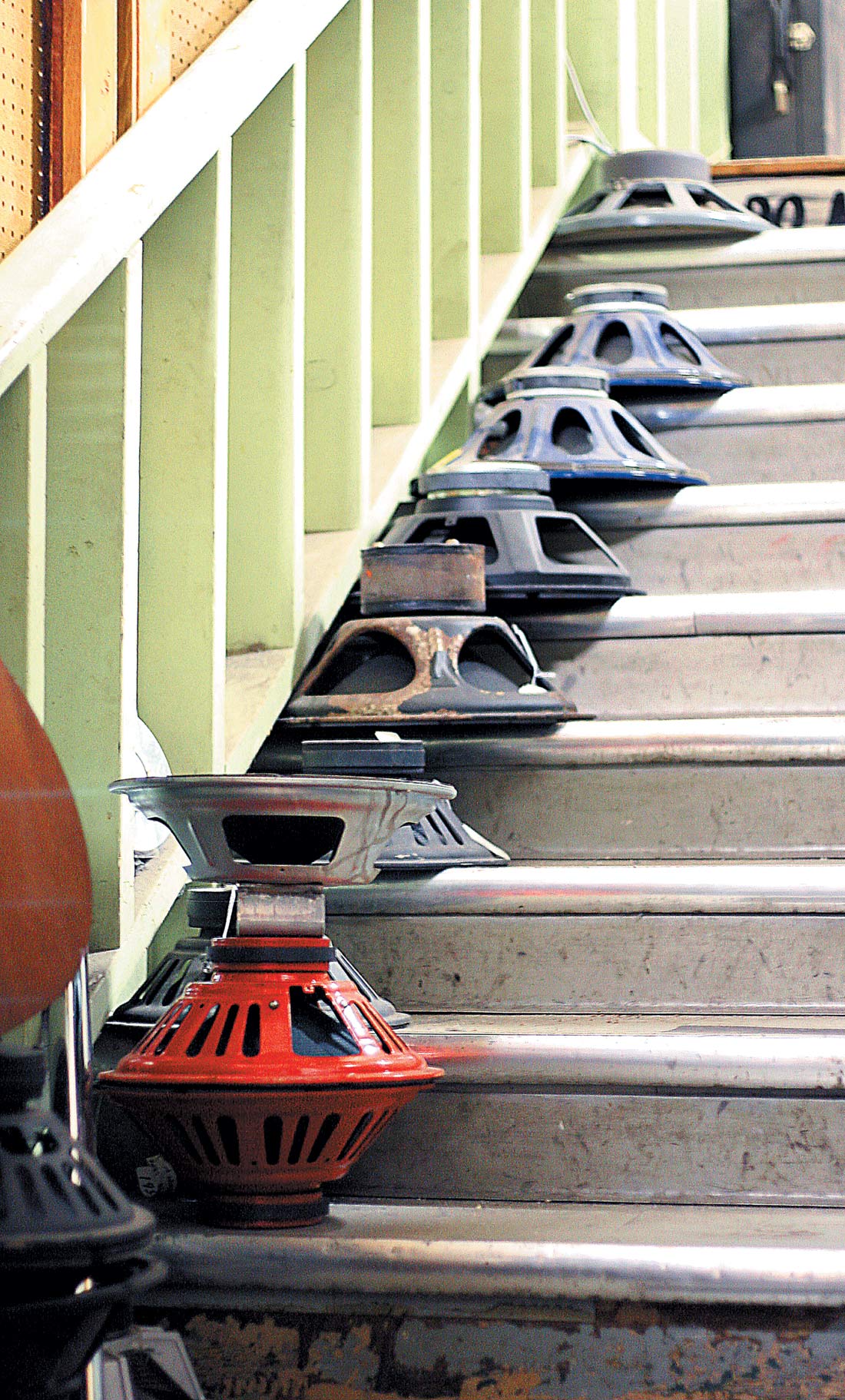

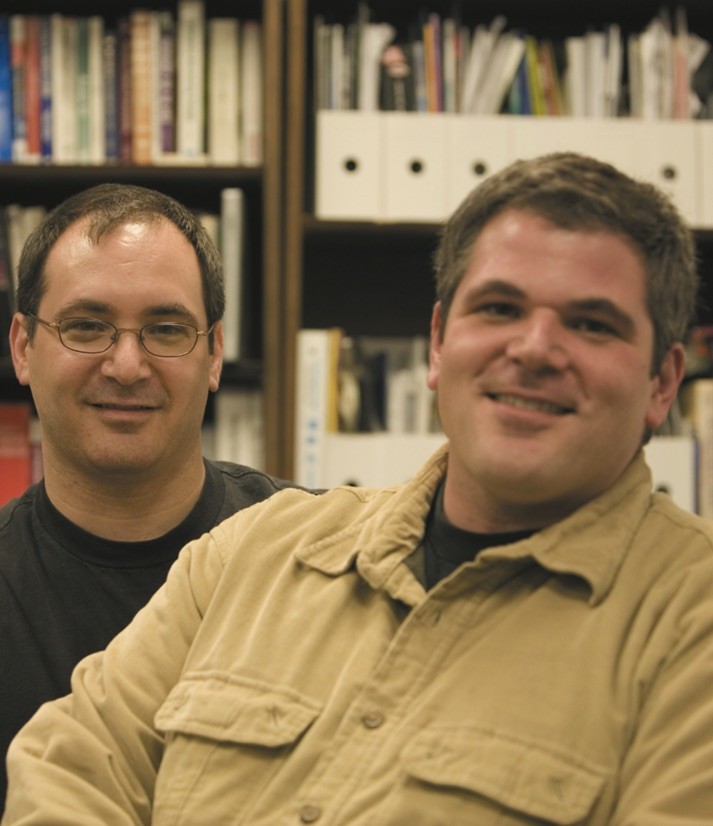


_disp_horizontal_bw.jpg)
